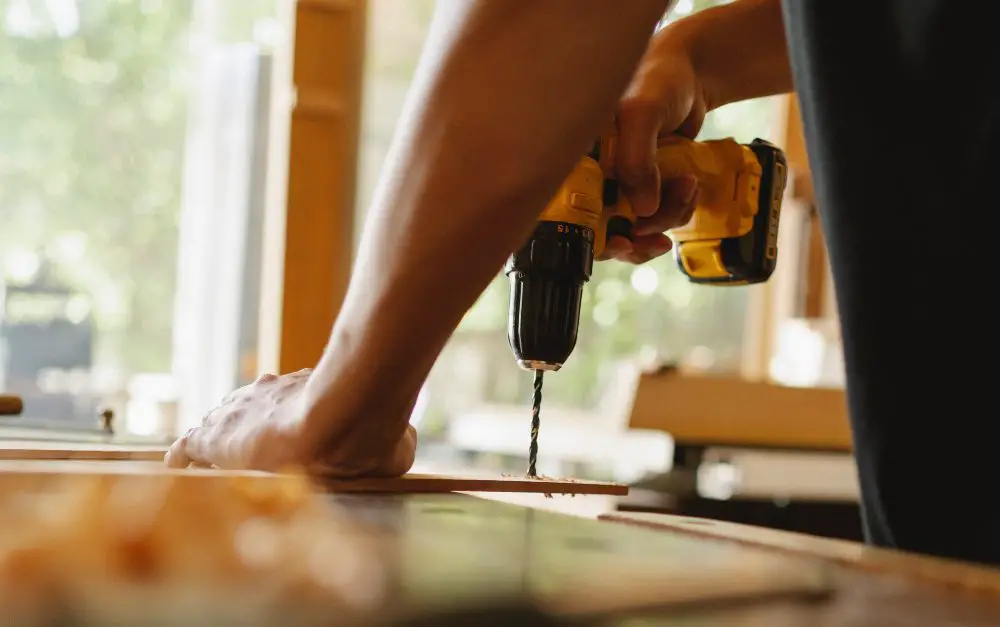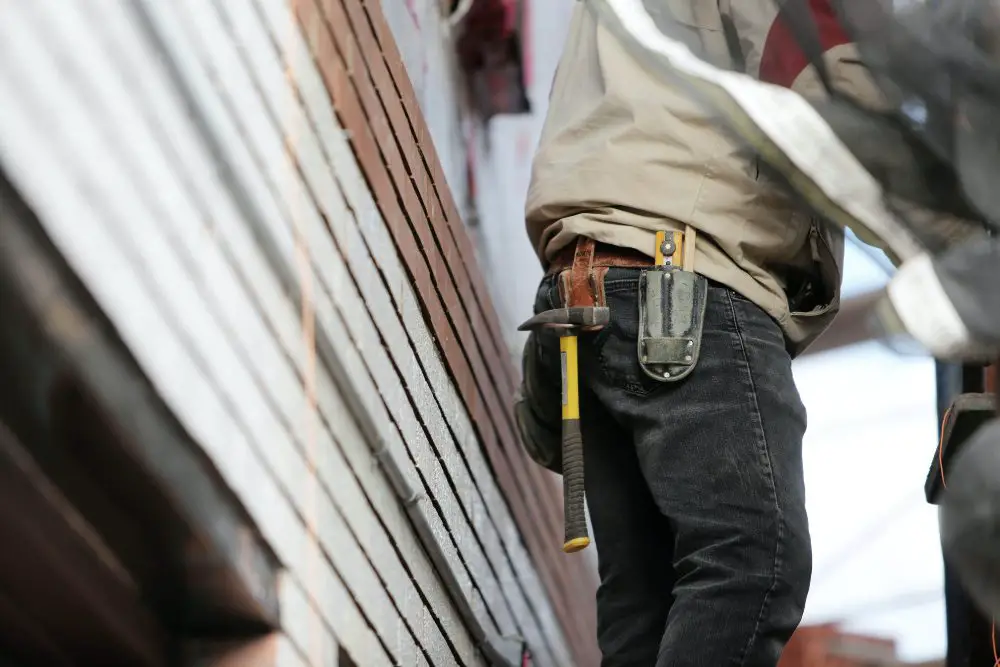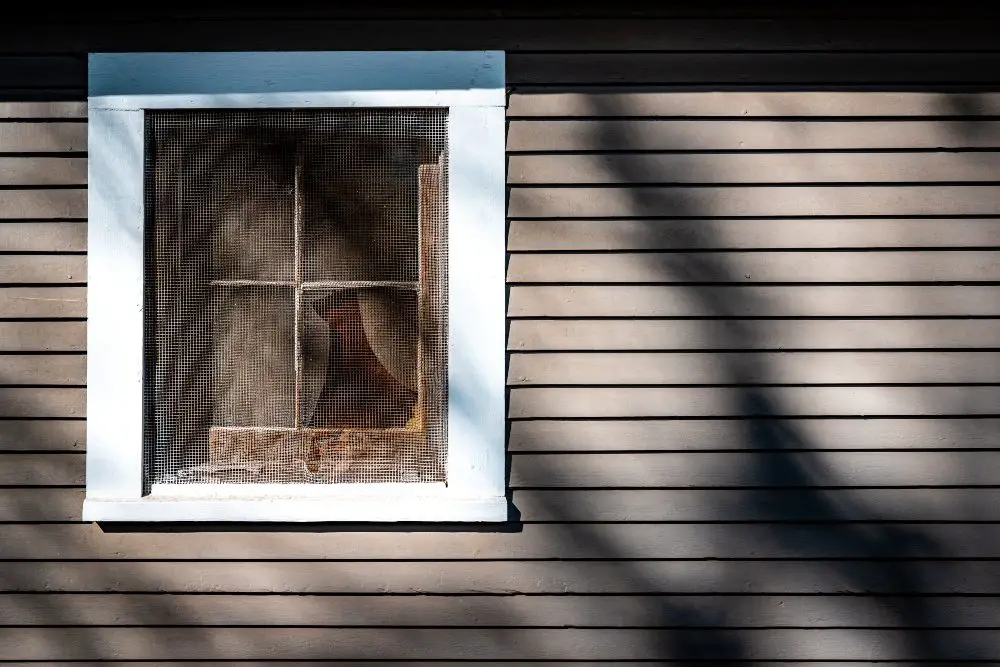The siding of your home plays a crucial role in protecting it from the elements and enhancing its curb appeal. However, over time, siding can get damaged due to various factors such as weather conditions, age, and accidents. When your siding is compromised, it’s essential to address the issues promptly to prevent further damage and maintain the integrity of your home.
Contents
A Comprehensive Guide to Repairing Damaged Siding
In this comprehensive guide, we will walk you through the repair of damaged siding steps to preserve your home’s beauty and functionality:
1. Assess the Damage
Before diving into any repair project, assessing the extent of the damage to your siding thoroughly is essential. Since not all siding damage is created equal, a careful inspection will help you determine the most appropriate repair method.
Start by examining your siding visually. Look for cracks, holes, warping, or discolouration. Consider paying special attention to areas near the ground, as they are more prone to moisture damage and rot. Consider probing the damaged areas with a screwdriver or similar tool. If the siding feels soft or crumbles easily, it’s a sign of rot and requires immediate attention.
Checking the underlying structure beneath the damaged siding for moisture damage is equally important. If you notice signs of moisture damage, such as mould, mildew, or water stains, you may need to address the underlying issue before repairing the siding.
Consider taking photographs of the damaged areas since they will be helpful when consulting professionals or purchasing replacement materials. By carefully assessing the damage, you can make an informed decision about whether to repair or replace the damaged siding and what specific repairs are needed.

2. Repair Minor Damage on Siding
If the damage to your siding is minor, you may be able to handle the repairs yourself. Here are some common techniques for repairing minor siding damage:
Patching Small Holes and Cracks
For small holes or cracks, you can use exterior caulk or putty to fill in the damaged area. Make sure to smooth the caulk or putty so that it blends seamlessly with the surrounding siding. Once dry, you can paint over it to match the siding’s colour.
Reattaching Loose Siding
If you have loose or sagging siding, consider reattaching it using siding nails or screws. Make sure to secure the siding snugly to the wall while allowing for expansion and contraction due to temperature changes.
Replacing Damaged Shingles or Panels
In cases where individual shingles or panels are damaged, carefully remove the damaged piece and replace it with a new one. Be sure to match the style and colour of the existing siding for a cohesive look.
Painting and Sealing
If your siding is discoloured or peeling, a fresh coat of paint can do wonders. Choose a high-quality exterior paint that’s suitable for your siding material. Before painting, make sure to clean and prime the surface for the best results.
Remember that while these DIY repairs are suitable for minor damage, it’s essential to follow manufacturer guidelines and best practices to ensure a proper and long-lasting fix. If you’re unsure about the extent of the damage or your DIY skills, it’s wise to consult a professional.
3. Seek Professional Assistance for Extensive Damage

When the siding damage is extensive, or you’re dealing with structural issues beneath the siding, it’s advisable to seek professional help. Seeking professional assistance is crucial since extensive siding damage can sometimes indicate deeper structural problems in your home, such as rot or pest infestations. Professionals can assess these issues and provide comprehensive solutions.
Hiring professionals is crucial since climbing ladders and working at heights to repair siding can be dangerous, especially for individuals without the proper equipment and training. Professionals are equipped to handle such tasks safely.
Additionally, professionals have access to a wide range of siding materials and can ensure that the replacement siding matches your existing siding in terms of style and colour. Since reputable siding contractors often provide warranties on their work, they will give you peace of mind that the repairs will last.
Before hiring a professional, do your research, get multiple quotes, and check references to ensure you’re choosing a qualified and trustworthy contractor.
4. Follow Proper Repair Techniques

To ensure a successful siding repair, it’s essential to follow the appropriate techniques for your specific type of siding and damage. Here are some general tips to keep in mind:
Safety first
Always prioritize safety when working on home repairs. Use appropriate safety gear, work on a stable surface, and exercise caution when using tools.
Preparation
Clean the damaged area and surrounding siding thoroughly. Remove any loose or damaged material to ensure a clean and smooth surface for repairs.
Application
Follow the manufacturer’s instructions when applying patching compound, sealant, or other repair materials. Use a caulking gun or putty knife to achieve a clean and even application.
Replacement
When replacing siding panels or boards, take care to match the colour, style, and texture of the existing siding. Use appropriate fasteners and spacing to ensure a secure and uniform look.
Finishing
If your siding requires painting or finishing, make sure to follow the recommended steps. Allow sufficient drying time between coats for a professional-looking result.
Unlike other siding types, repairing brick siding can be a complex and challenging task that requires careful planning, attention to detail, and the right expertise to ensure a successful outcome.
Therefore, you may want to learn more about brick repairs to equip yourself with the knowledge needed to address issues unique to this material, ensuring your home remains beautiful and durable.
5. Regular Maintenance
Prevention is often the best cure when it comes to siding damage. Regular maintenance can help prolong the life of your siding and prevent costly repairs. Consider periodically cleaning your siding to remove dirt, mould, and mildew. Use a soft brush or a pressure washer on a low setting to avoid damaging the siding.
In addition to cleaning your siding, keep plants and trees near your home trimmed to prevent them from rubbing against the siding or causing moisture buildup. Inspecting your siding’s paint or finish regularly is equally crucial. If you notice peeling or chipping, address it promptly to prevent moisture from seeping in.
Since clogged or overflowing gutters can direct water onto your siding, leading to damage, consider keeping your gutters clean and in good condition. Following these maintenance tips will reduce the likelihood of siding damage and prolong the lifespan of your siding, saving you money on repairs in the long run.
Endnote
Repairing damaged siding is essential to maintaining the beauty and functionality of your home. Whether you’re dealing with minor cracks or extensive damage, taking a systematic approach to assess and address the issues is crucial.
For minor damage, DIY repairs can often suffice, but for extensive damage or structural concerns, seeking professional assistance is the safest and most effective solution.
Remember that regular maintenance can go a long way in preventing siding damage in the first place, ensuring that your home remains a welcoming and protective haven for years to come.




